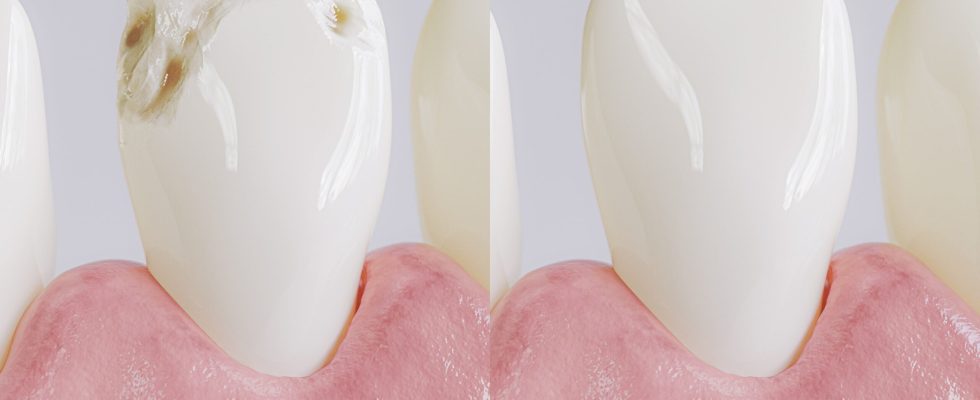Understanding dental fillings can be comforting if you’re facing tooth decay or damage. They restore your tooth’s function and protect against decay. You’ll feel at ease knowing that the process is straightforward and effective. First, the dentist removes the decayed part of your tooth. Then, they clean the affected area before filling it. This prevents further decay and helps you chew comfortably. Fillings come in various materials, each tailored to your needs. You might consider options like composite resins or amalgam, depending on the best fit for your situation. Additionally, advanced procedures such as Laser dentistry in Denton offer precise and less invasive treatments. This means a more comfortable experience for you. By understanding these steps and options, you can approach your appointments with confidence. Trust that your dental health is in good hands, ensuring you maintain a healthy and happy smile.
The Process of Getting a Dental Filling
When you need a filling, the procedure is simple. Your dentist will first numb the area to ensure you feel no discomfort. Next, they remove the decayed portion of the tooth, using tools specifically designed for precision. After removing the decay, the space is cleaned to eliminate bacteria and debris. The dentist then applies the filling material, shaping it to match your tooth’s natural contours. This process typically ends with smoothing and polishing the filling, providing a natural look and feel.
Types of Dental Fillings
Dental fillings come in several types. Deciding which one to choose depends on your needs and preferences. Here’s a quick comparison of common filling materials:
| Material | Characteristics | Durability |
|---|---|---|
| Composite Resin | Looks like natural teeth, bonds well | 5-7 years |
| Amalgam | Strong, cost-effective | 10-15 years |
| Gold | Durable, less common | 15+ years |
| Ceramic | Stain-resistant, natural appearance | 10-15 years |
Benefits of Dental Fillings
Dental fillings offer several benefits. First, they restore the structure and function of your tooth, allowing you to chew and speak properly. They also help prevent further decay by sealing spaces where bacteria can enter. Fillings can improve your appearance by blending with your natural teeth, especially in visible areas. Moreover, they contribute to overall oral health by maintaining the integrity of your teeth and preventing more extensive procedures later.
Advancements in Dental Technology
Dental technology continues to improve. One advancement is the use of laser technology in procedures like fillings. Laser dentistry provides precise and less invasive options, reducing the need for drills and reducing recovery time. This advancement means you experience more comfort and efficiency during your visit.
What to Expect After Getting a Filling
Once you have a filling, expect some mild sensitivity. This is normal and typically resolves within a few days. Avoid chewing on hard foods immediately after the procedure to allow the filling to settle. Maintain regular dental check-ups and good oral hygiene to ensure your filling lasts as long as possible. Regular brushing, flossing, and using mouthwash help keep your teeth and fillings in top condition.
Conclusion
Dental fillings are a reliable solution for tooth decay and damage. By understanding the types of fillings and the process involved, you can make informed decisions about your dental care. His knowledge empowers you to manage your oral health effectively, ensuring a bright, healthy smile. For more detailed guidance on dental health, consult trustworthy sources like the American Dental Association. Remember, taking care of your teeth is an investment in your overall well-being.


